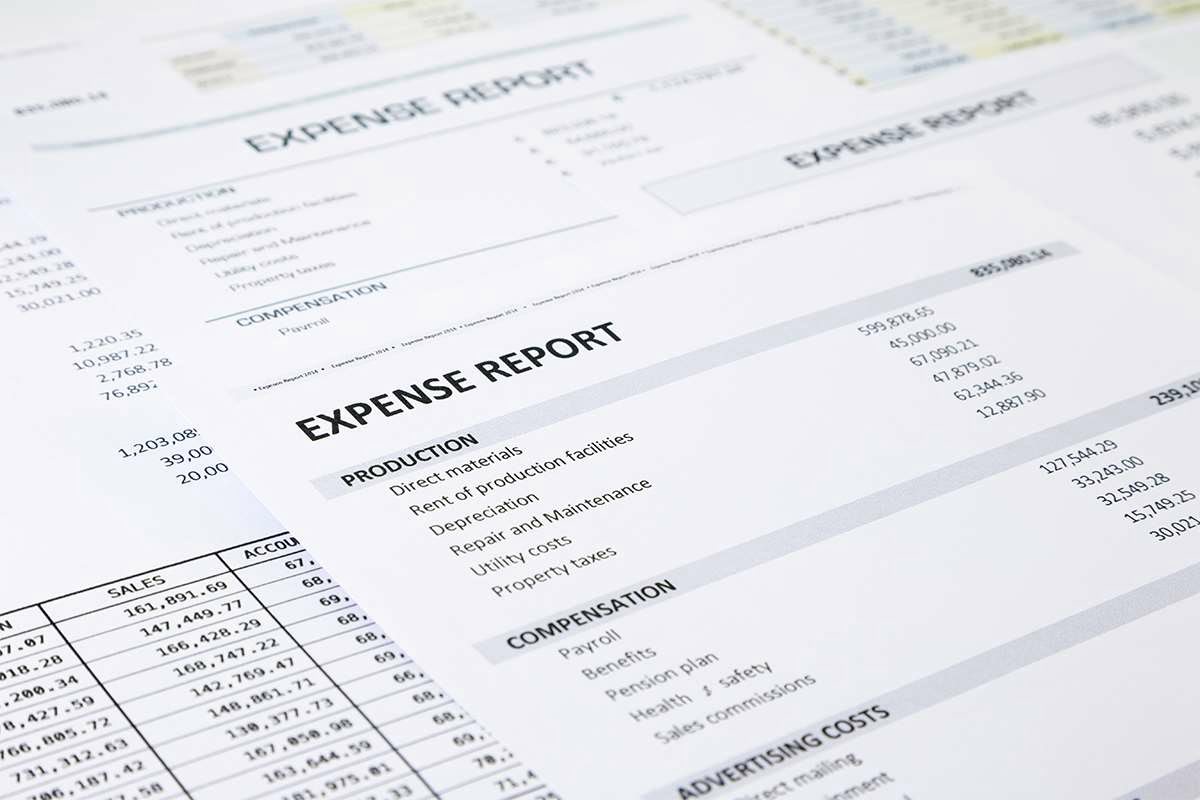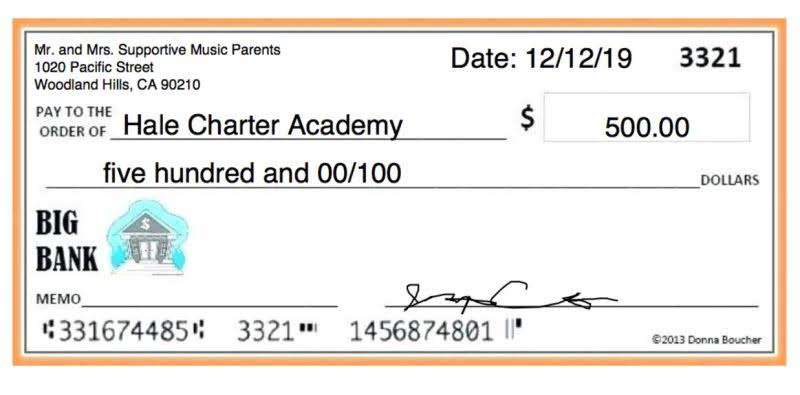
No transaction can get into the accounting records without first being recorded in the journal. This recording is the building block for the business’ financial statements, which are created at the end of the fiscal year. Other purchases Restaurant Cash Flow Management related to transactions in Company Material Ltd. are given below. For depreciation expense, depreciation expense is debited, and the accumulated depreciation account is credited. As purchase discount arises with various payments a separate purchase discount credit money column is kept in it.
Recording a journal entry to adjust accrued expenses at the end of an accounting period

The record is placed on the credit side of the Service Revenue T-account underneath the January 17 record. This is posted to the Cash T-account on the debit side beneath the January 17 transaction. Accounts Receivable has a credit of $5,500 (from the Jan. 10 transaction). The record is placed on the credit side of the Accounts Receivable T-account across from the January 10 record. Note that this example has only one debit account and one credit account, which is considered a simple entry.

Common Mistakes To Avoid When Recording Journal Entries
- We’ve gone through 15 journal entry examples and explained how each are prepared to help you learn the art of recording.
- Always remember to balance your debits and credits to maintain accuracy in your records.
- Let’s look at one of the journal entries from Printing Plus and fill in the corresponding ledgers.
- In modem age, the introduction of cash receipts journal is in practice in medium and large size business organizations.
- To find the account balance, you must find thedifference between the sum of all figures on the side thatincreases and the sum of all figures on the side thatdecreases.
In double-entry accounting, transactions are recorded in the journal through journal entries. The purpose of an accounting journal is record business transactions and keep a record of all the company’s financial events that take place during the year. An accounting ledger, on the other hand, is a listing of all accounts in the accounting system along with their balances. When the company purchased the vehicle, it spent cash and received a vehicle.
Chapter 6: Trial Balance and Rectification of Errors
In the Salaries Expense account, the $7,300 deposit goes on the left (debit) side of the account because the expense is increasing. In the Auto Expense account, the $1,380 expense amount goes on the left (debit) side of the account because the expense is increasing. In the Miscellaneous Expense account, the $1,800 expense amount goes on the left (debit) side of the account because the expense is increasing. In the Fees Earned account, the $30,800 revenue goes on the right (credit) side of the account because the revenue is increasing.
- It represents a decrease in your asset, gain or expense account and an increase in your liability, equity, gain or revenue account.
- Hence, students are advised to be consistent and put in all their efforts into achieving the goals that they have set for themselves.
- Some companies prepare financial statements on a quarterly basis whereas other companies prepare them annually.
- The importance of adjusting entries cannot be overstated.
These organizations maintain cash book for recording daily cash receipts and cash payments instead of maintaining cash receipt journal and cash payment journal separately. Transaction #2 – On March 5th, the company paid their first month’s rent of $1,700. The expense is recorded by debiting it and deceasing cash by crediting it. Special journal makes the company easy to monitor and review the specific type of transaction such as cash receipts and credit sales etc. In this module we will introduce and learn to differentiate between cash accounting and accrual accounting. You will then have the opportunity to work through example problems on your own in this module’s activity.
What to include in a journal entry
The expense account we are using are Auto Expense and Miscellaneous Expense. In this case, we debit each expense account for the amount of the expense. Always refer to the company’s Chart of Accounts for the official name of the expense accounts. In accounting, the name must trial balance always match exactly for accuracy and clarity. For example, Supplies and Supplies Expense are two different accounts. “Insurance” could be Prepaid Insurance or Insurance Expense.

The date entered in the journal entry should be the date the transaction occurred, not the date the entry is made. This will mean that the journal entry date agrees with the date on the transaction documentation. There are however entries which do not go through a book of prime entry which are recorded in the Journal using Journal Entries. We hope our guide was helpful in understanding the journalizing transaction process, and why it’s important that it is done correctly.
- The journal entry involves two accounts with one debit entry and one credit entry and is referred to as a simple journal entry.
- This is posted to the Accounts Receivable T-account on the debit side.
- Adjusting entries serve the purpose of correcting errors and ensuring accurate financial statements.
- In this respect, the format of the purchase journal under periodic and perpetual systems is the same.
- It’s important to identify and determine what accounts will be affected by the transaction.
- Special journal is the type of journal that is created to group similar transactions together in chronological order to have better management in those transactions.

It may be mentioned that goods purchased on cash if returned are not recorded in recording transactions in a journal the purchase return journal. All kinds, of cash receipts, are recorded in this journal. The main sources of cash receipts are two; Cash from cash sale and cash from accounts receivable. Some organizations use a multi-column purchase journal wherein credit purchase of merchandise, assets and other things are recorded.

Now that you’ve grasped the art of journal entries, debits and credits are no longer a daunting mystery. By understanding the double-entry system, you’ve unlocked the key to accurate and efficient accounting. The first step in making closing entries is to transfer all revenue account balances to the income summary account. This summarizes the total revenue earned during the accounting period.


Leave a Reply